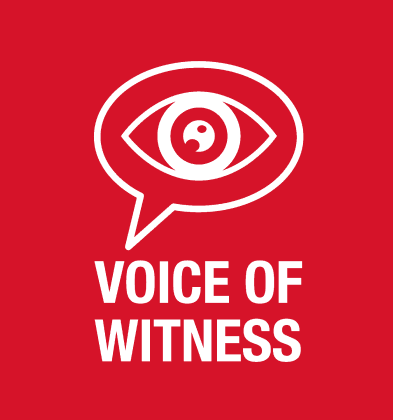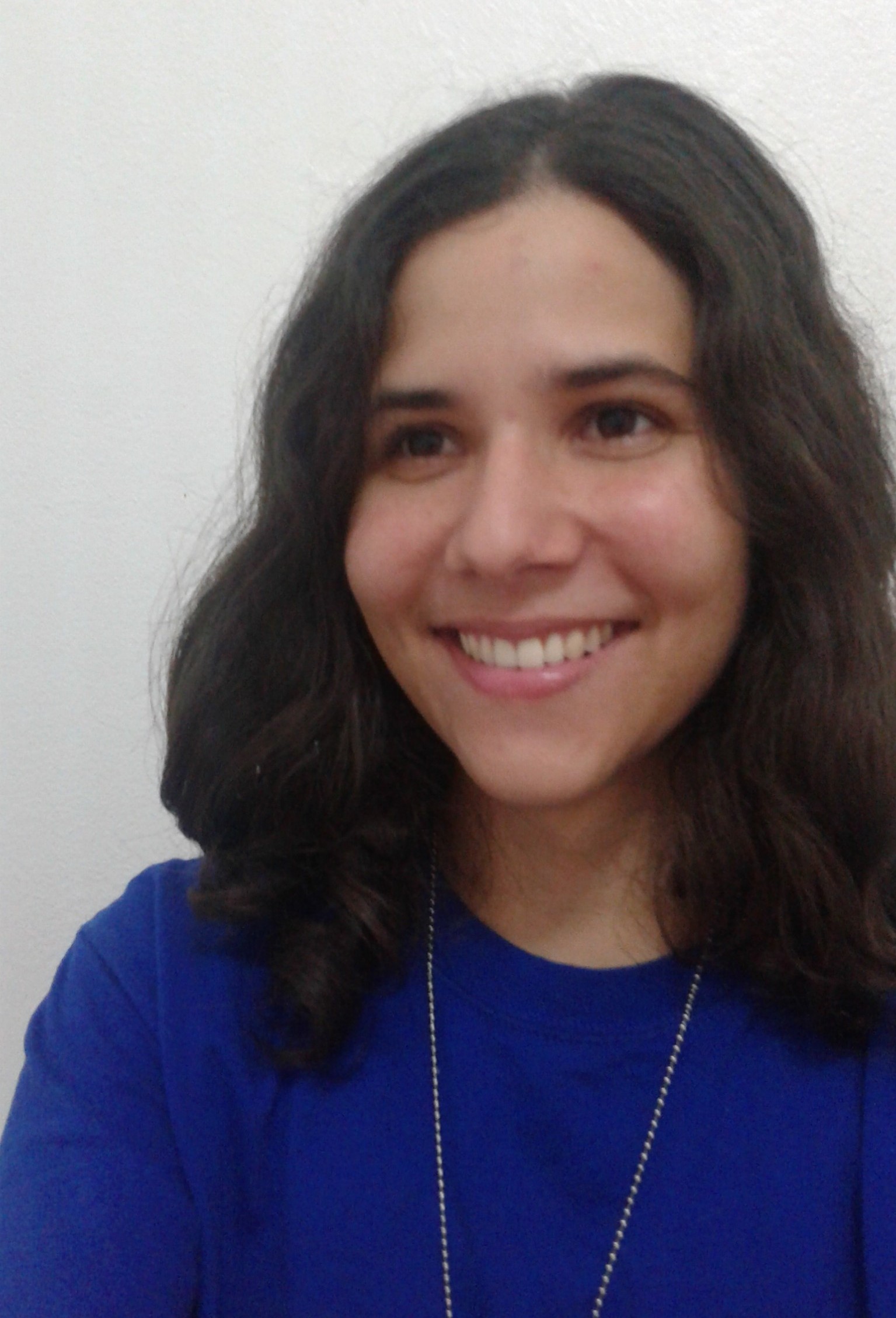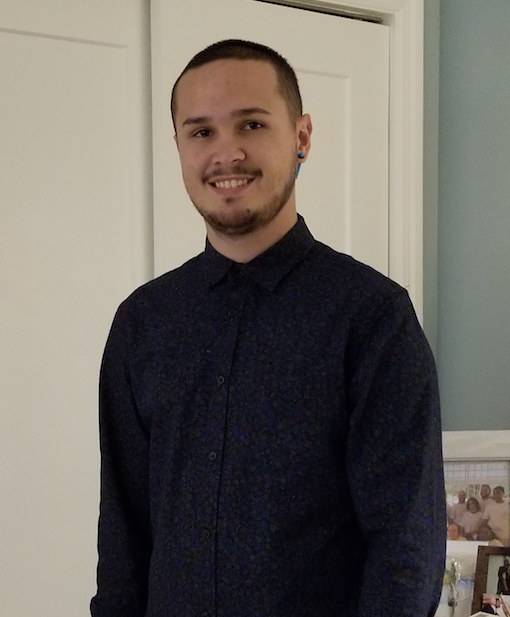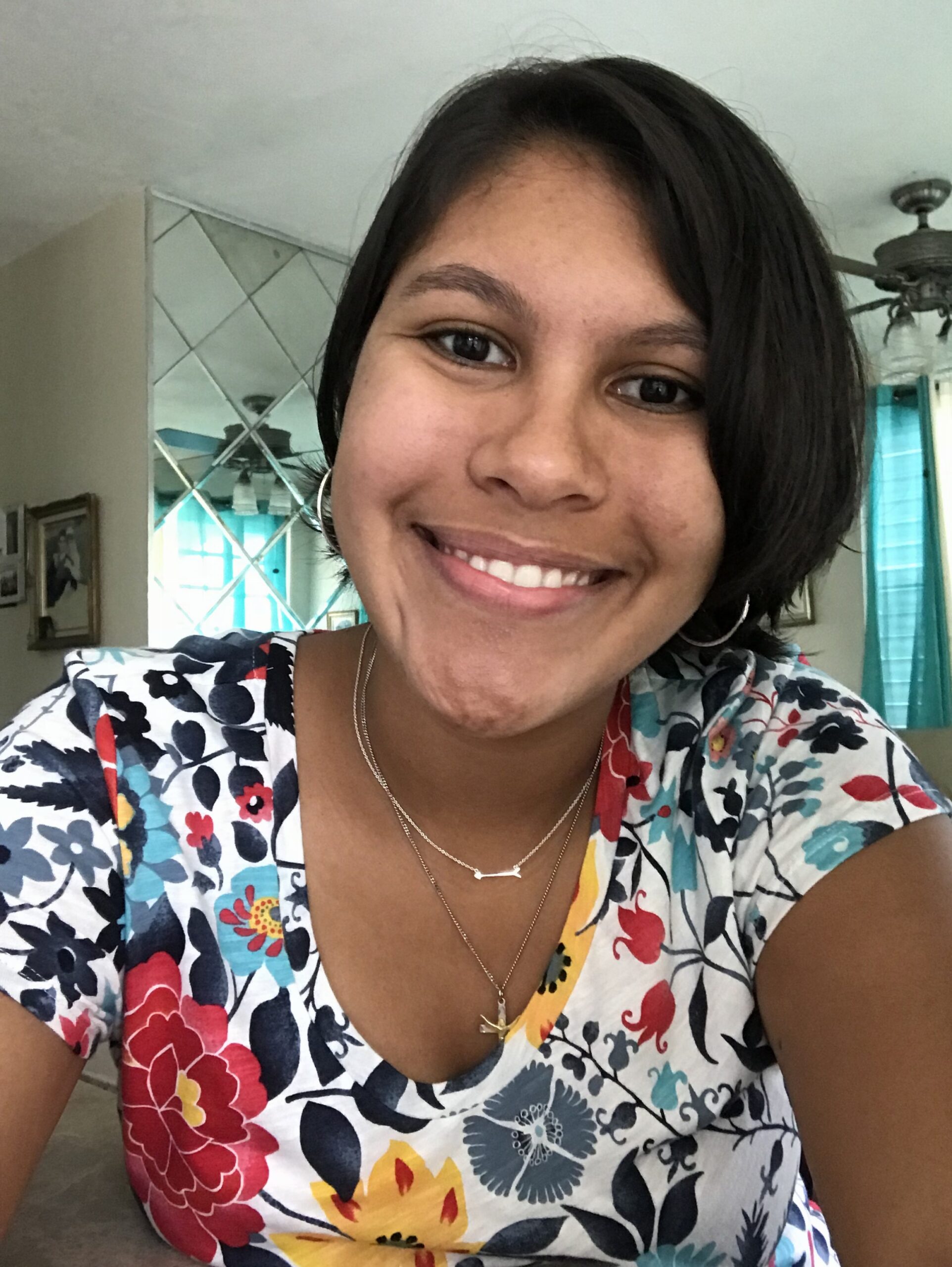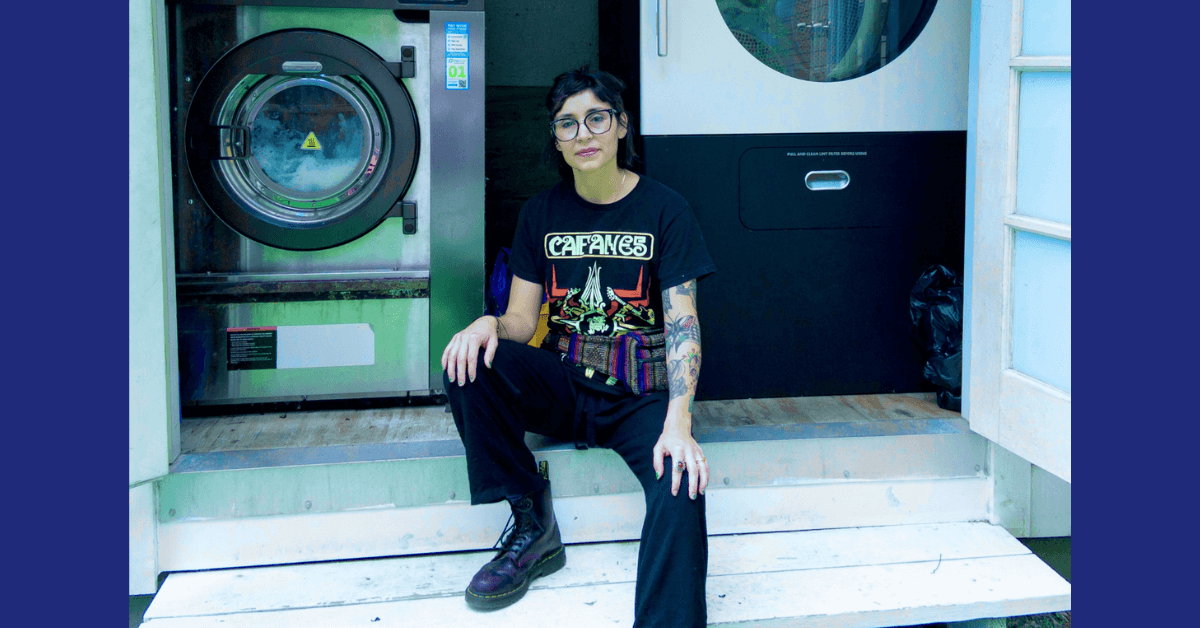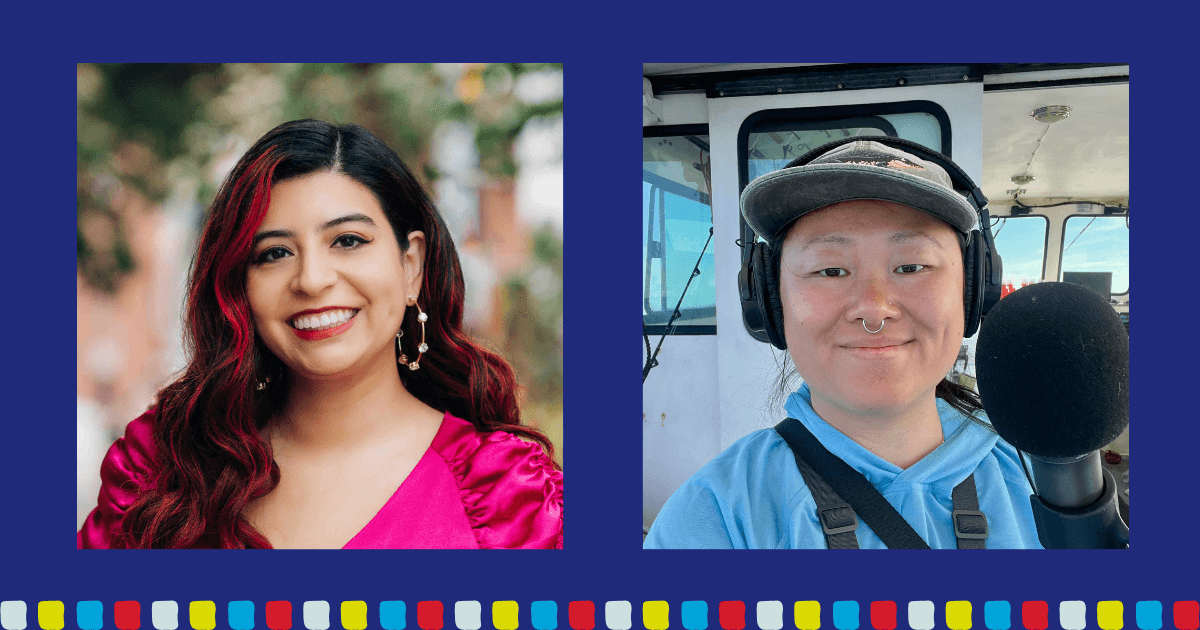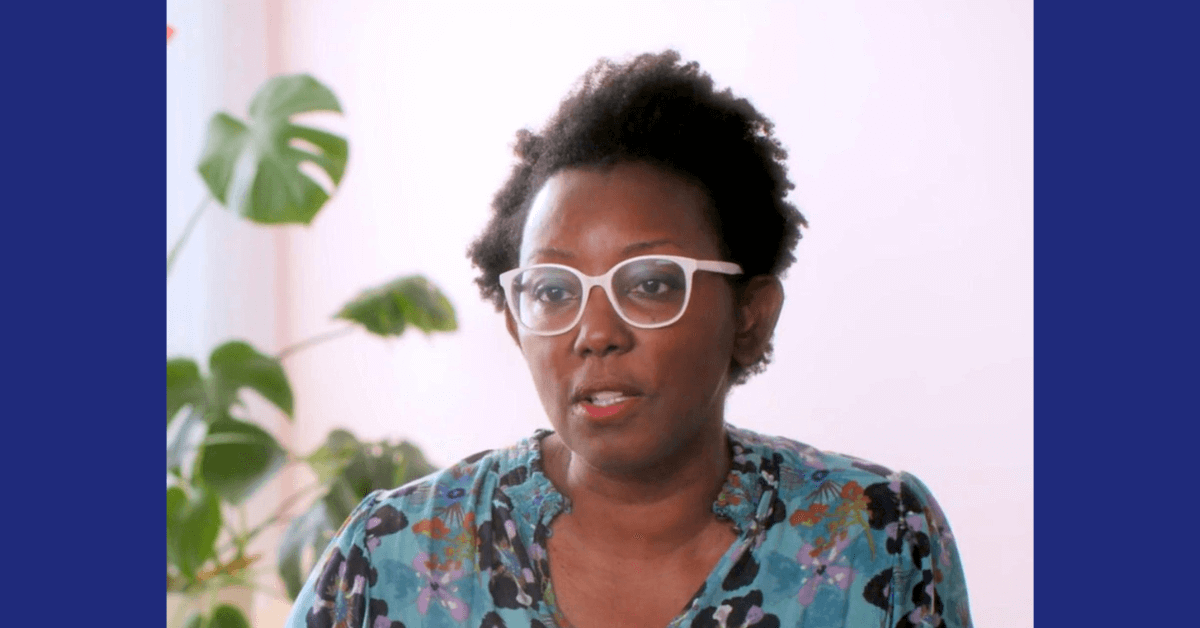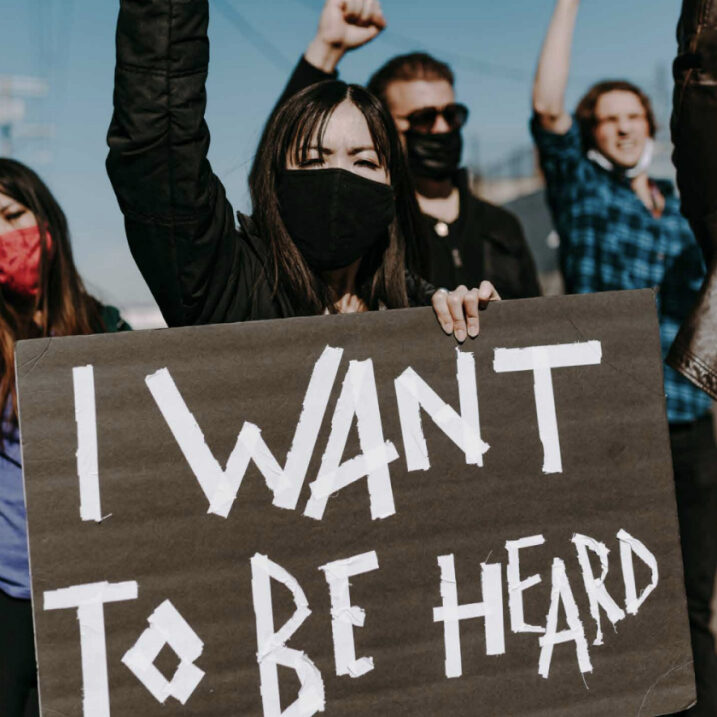It’s been one year since Hurricane María battered Puerto Rico, destroying thousands of homes, killing nearly 3,000 people, and leaving many across the island without electricity, access to clean drinking water, food, and medical care.
In the past year, the current administration has disregarded facts, crafted its own narrative of the aftermath, and withheld crucial resources from disaster relief efforts.
Despite the resurgence of conversations about Puerto Rico, a crucial part of the Maria story remains untold.
The story of Hurricane María is more than statistics. It’s one of community. The island has come together to rebuild their lives, take care of one another, and move ahead.
This is the story we need to be telling, and we’re working with Professor Ricia Chansky at the University of Puerto Rico, Mayagüez, to make sure it’s heard through our new oral history project, Mi María: Puerto Rico After the Hurricane.
Ricia has shared her own Hurricane María story with us, and why the project is so important to her students:
Mi María: Professor Chansky’s Story
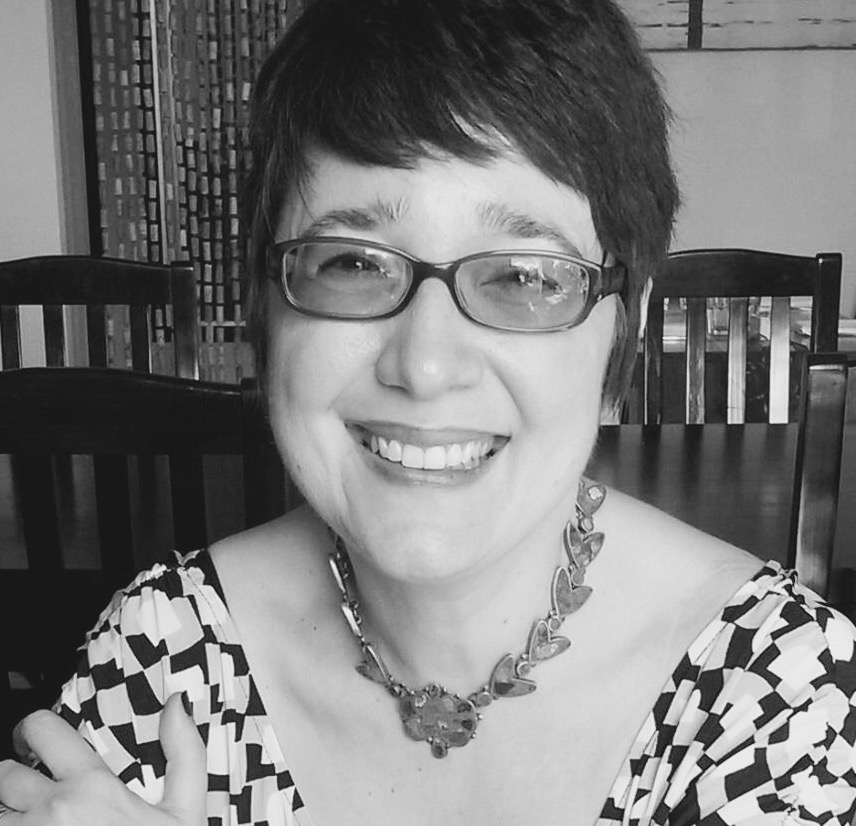
At 2am on September 20, our electricity cut out. My neighborhood was without power for ninety-six days.
On October 30—in the dark—classes resumed at the university and I returned to teaching in a fractured, post-hurricane landscape. My first assignment was a María memoir: I asked students to write a personal narrative intended for us to reconnect, to allow them a space to share, to be heard and witnessed. I remember coming home after sunset, igniting the camp stove to make dinner, and then sitting down to read those storm narratives by candlelight.
In their essays—handwritten on notebook paper—students described watching winds peel back the roofs of their homes, tear off walls, smash windows, and blow in doors; about family members holding hands as they ran from houses that were falling down around them. One young woman wrote about sitting on her front porch the morning after the deluge, watching her neighbors bury in their backyard two family members who did not survive the night. They talked about food riots, gas lines, water born illnesses, the lack of drinking water, and living hungry.
Feeling helpless in the face of so much trauma, I confronted the most accessible problem—food—and planned a breakfast for my students. On the morning of the meal, however, many students sat at their desks and would not approach the table that I had covered with anything I could gather from our still meagerly-stocked market. Finally, they explained: Professor, we have nothing to give you in return.
I had convinced almost all of the students to eat and was sitting amongst them chatting when one latecomer entered the room. She did not immediately see the full table as it was out of her line of sight, off to the left of the classroom door. Her friends pointed to it and she froze for a moment. I saw her eyes get wide and she began to cry, her whole body shaking. I soothed her and fed her while she told me that her house had been destroyed and she was sleeping on a friend’s floor. She was unable to find any formal assistance, so she had been buying one box of Ritz crackers per week and allowing herself one roll of crackers each day. The food in our class was the most she had seen in over a month.
Thanks in large part to donations from kind individuals (not government organizations), I fed that one student and several others for the rest of the semester. Seven months later, we continue to organize on our own and work to help the many still in need. Our school foodbank, for example, typically feeds 100 students and now feeds over 1000.
These are the types of stories that don’t make it into the mass media, the ones that are too small to be noticed, the ones waiting to be told.
Student Stories
After the hurricane, I was sitting alone in my living room, shrouded in darkness, thinking of all the people who were suffering while those in power decided whether it was time to actually provide help. I felt so guilty, so powerless, so frustrated, and so angry. I thought, what more can I do? People are still suffering. People are still in need. The answer? I got involved with Dr. Chansky’s VOW project. Through this, we will give voice to those who did not make it. Through this, they live on. Finally, someone is willing to listen.
-Adriana De Persia Colón
I don’t want to be helpless. I don’t want to be a single voice in an otherwise deafening ocean. I want to be great raincloud of noise. This project gives me that opportunity. Thanks to the wonderful people I’m working with, I can help the broken and tired voices of Puerto Ricans be heard. I can help the forgotten many become the remembered, the heard, the listened to. In the end, that is all I want to do. I want to help.
-Joe A. Centeno Reyes
I feel very lucky to be part of this project because it is a way to connect with those around me and get to know them better. The project also makes me feel that I’m being part of something important, that has the potential of changing lives. We are not only victims of a category 5 hurricane, we Puerto Ricans are much more. This project is a way to show that.
-Iris A. Soto Ruiz
You can help bring this project to life with a gift to the VOW Story Fund. Your support will provide Ricia’s students with digital equipment for recording and travel funds to collect stories from communities in remote parts of the island.
